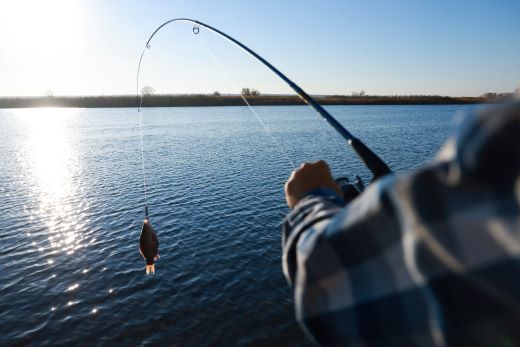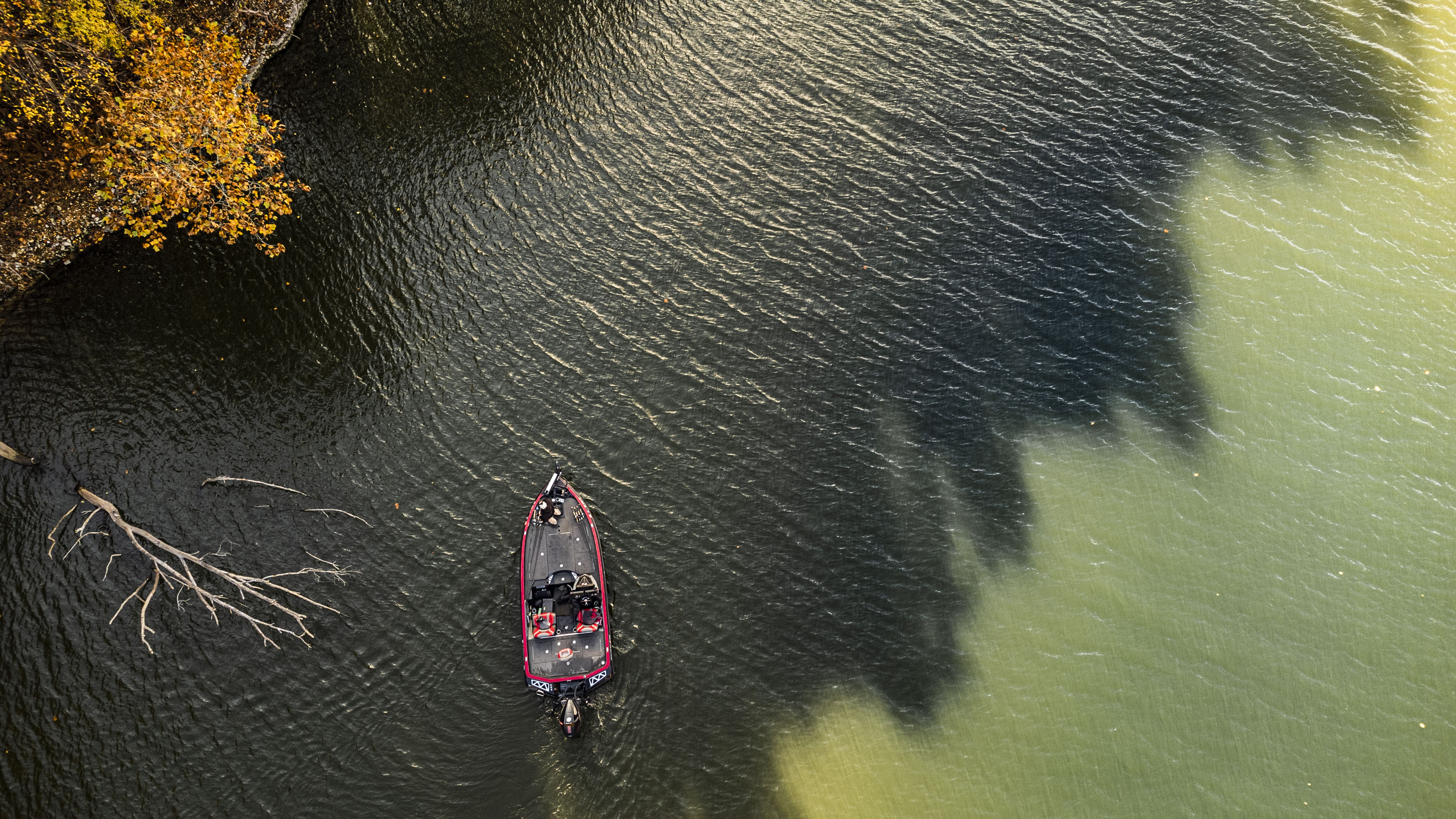Fishing is one of the most thrilling pastimes. Why? You cast a line, and you never know what you’ll reel in! But, of course, that begs the question: Should you catch and keep or catch and release?
Catch and take — also known as harvesting — involves keeping the fish for cooking, selling, or using as bait. However, following regulations and taking only what you need is vital. Sometimes, it’s illegal to keep fish because they’re too small or too big (to fit in your cooler).
On the other hand, catch and release is a fun and ethical approach that emphasizes conservation. You can model responsible angling and protect our aquatic ecosystems by releasing the fish unharmed.
Whichever method you choose will depend on your personal goals and priorities. Both offer unique experiences and contribute to the fishing community in different ways. However, avid anglers benefit from prioritizing habitat preservation and sustaining their beloved hobby.
Stay tuned to discover how to catch and release fish, the benefits, and how it can help sustain our waters for generations to come.
What is Catch and Release Fishing?
As its name suggests, catch-and-release fishing is a type of recreational fishing that involves releasing catch immediately back into the water. This supports native fish populations by allowing them to stay and breed in their natural habitat. Imagine if everyone kept every single fish they caught. How long would it be until no fish were left?
Many anglers prefer this fishing method because it promotes sustainable fishing. Essentially, catch-and-release fishing is necessary to prevent fish from becoming extinct!
How to Catch and Release Fish
Catch and release is a simple process. Begin by watching your fishing pole, and act immediately when you have a bite. This prevents fish from deeply swallowing hooks. Whenever you feel a nibble, reel in your fish.
Next, gently remove your fish from the hook and release it. But of course, you can measure it quickly or take a photo if you’d like. To increase the chances of a fish’s survival, handle it carefully and promptly return it to the water.
Finally, if a fish appears exhausted, revive it quickly before letting it go. Do this by holding them by the midsection, facing the current upstream to help them regain strength. Then, release them headfirst, giving them the freedom to swim away.
Avoid tail-first releases, which unsettles the fish and hinder their swimming abilities.
Minimizing Fish Stress and Maximizing Survival
The unfortunate reality is that when you let a fish go back into the water – it might not survive. However, the choices you make before fishing make a significant impact.
We recommend using fish-friendly gear — such as circle or barbless hooks — to minimize stress on fish. These tools make removing the hook easier and safer, reducing potential injury.
Additionally, be careful when detaching the hook. Dehooker tools reduce animal stress and allow them to stay in the water. If the hook gets swallowed, cut the line as close to the hook as possible. Also, try to limit the fish’s exposure to air to a maximum of 60 seconds. (But the sooner you throw it back, the better!)
Another handy tool is artificial lures. These lures frequently hook the fish in the mouth, making removal a breeze.
Landing nets are also helpful because they help you handle larger fish in less time. Simply ensure the net is wet before touching the fish to reduce injury. And whichever method you prefer, don’t squeeze the fish or touch its gills.
Additionally, it’s best practice to use wet hands or gloves to preserve the fish’s protective layer (that slimy texture). And, of course, let it go with minimal physical contact.
Other Important Tips for Catch and Release Fishing
Before casting your line, familiarize yourself with the specific regulations of a fishing spot. Many parks have implemented catch-and-release practices to protect the future of native fish populations. So, if you need clarification, ask the park ranger or check out their website. Stay out of trouble and avoid those pesky fines!
Also, many people wonder, ‘Do you need a fishing license to catch and release fishing?’ And the answer? Well, it depends. In many states, you need a license or permit whether or not you plan to keep the fish. Licenses pay for the use and care of the land and surrounding environment. Typically, a one-year license is less than $25.
Ready to Catch and Release?
While it may seem like a simple act, catch-and-release fishing profoundly impacts the future of our waterways. We hope this blog shines some light on catching and releasing fish, a pivotal element of environmental conservation. Together, we can work to ensure our waters thrive with fish for years to come.


